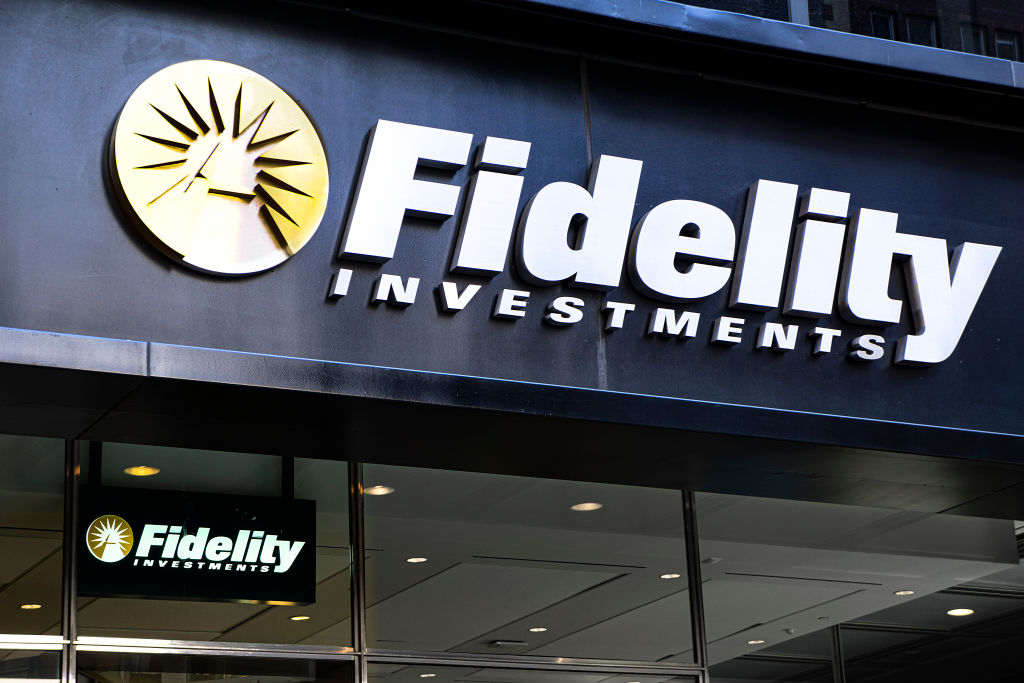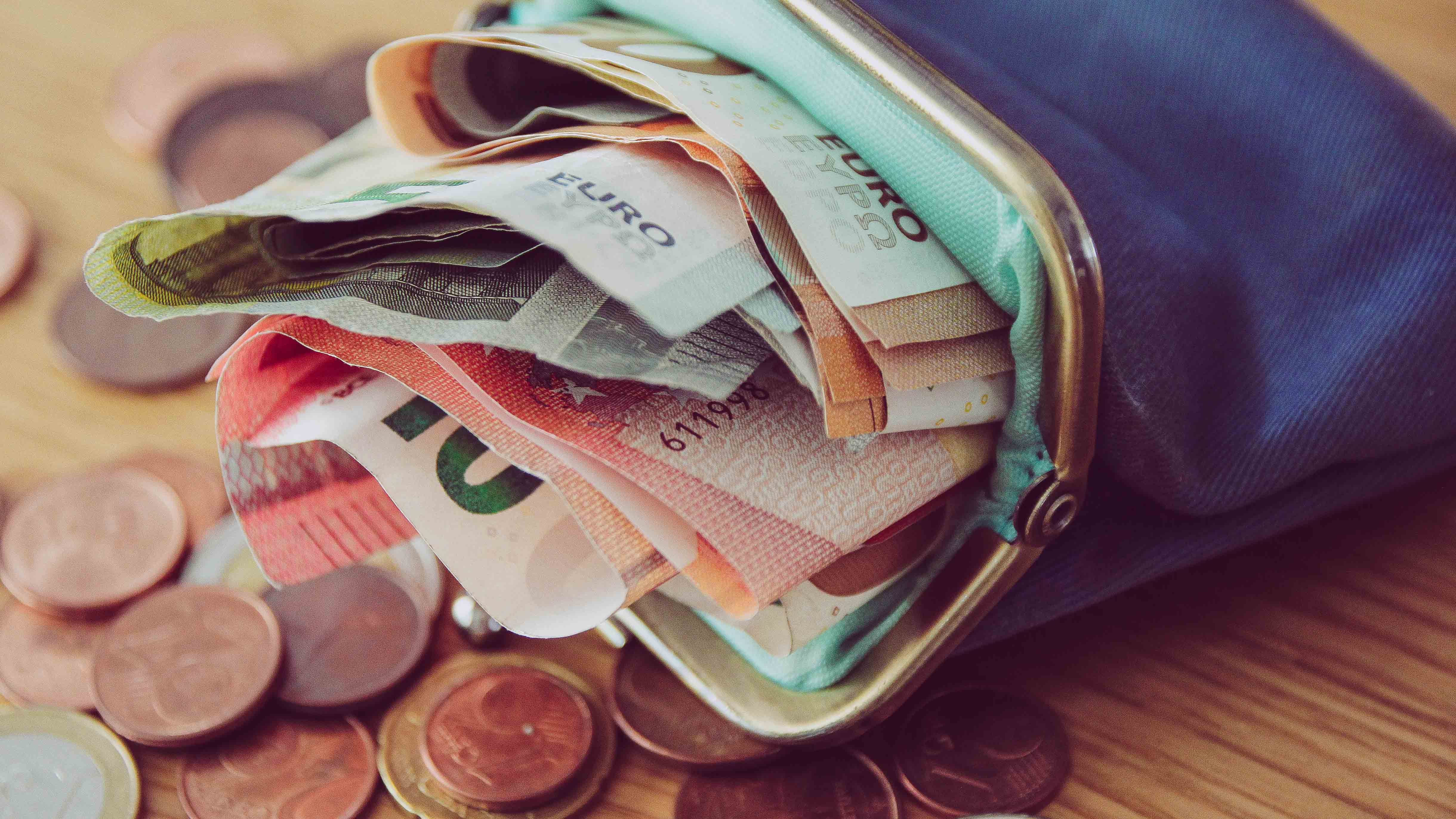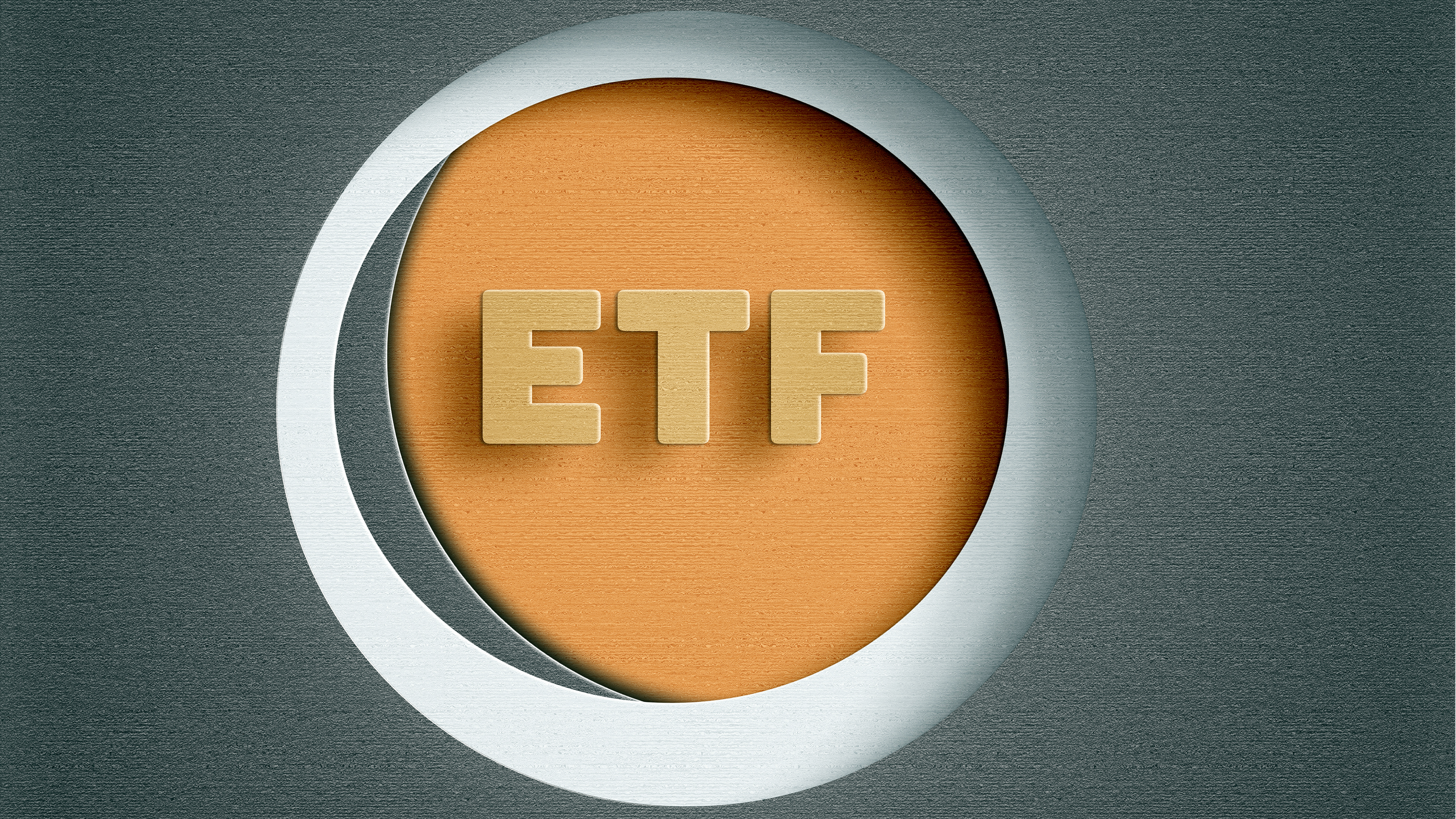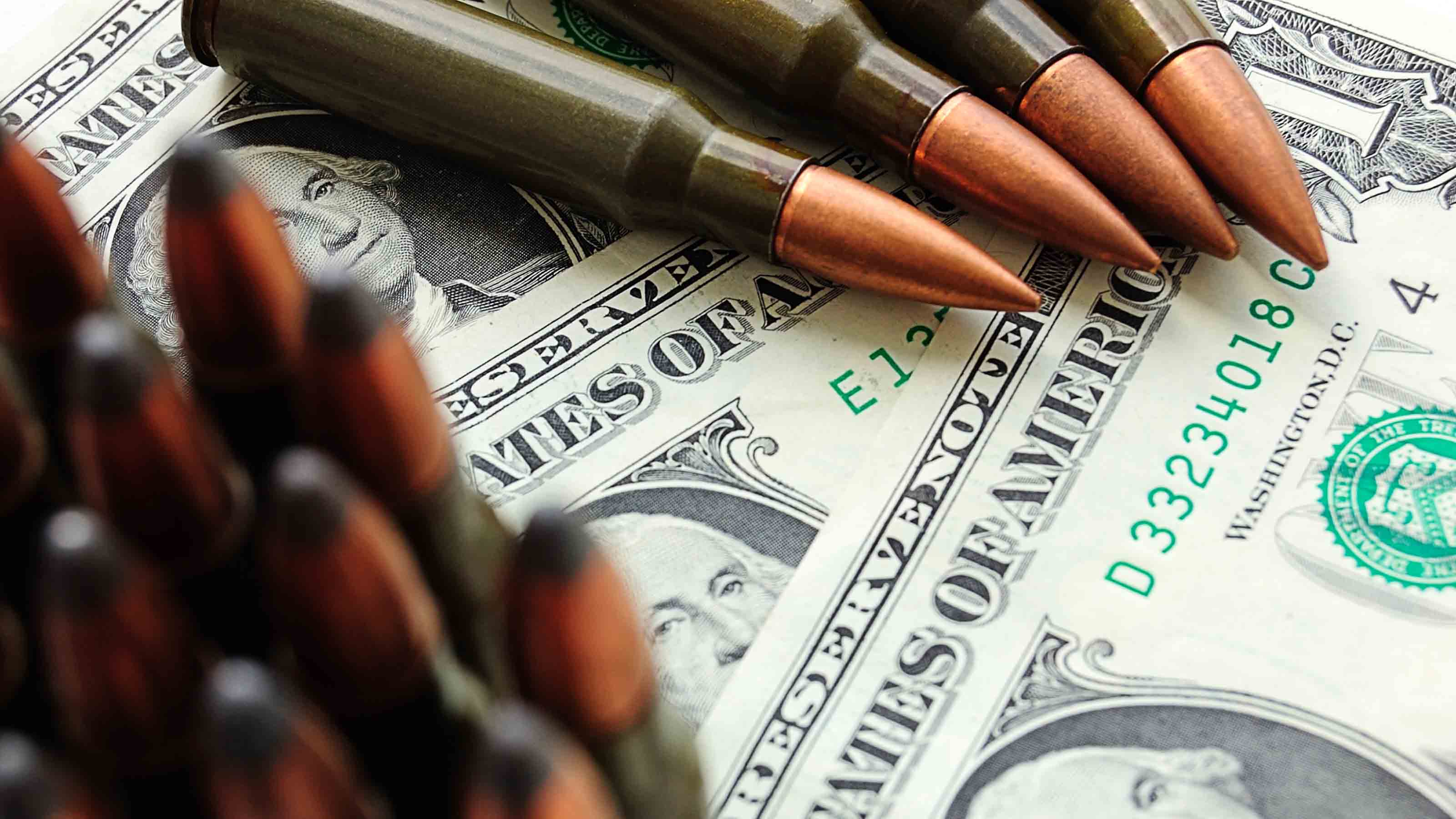A Fund That Keeps It Steady
The manager of 1st Source Monogram Equity has guided investors smoothly through rough waters in the past.
If the ups and downs of market over the five past weeks have made you seasick, you would be wise to consider a fund that chugs along even in economic monsoons. 1st Source Monogram Equity Income is such a steady eddie.
Hardly a household name, this fund's sponsor, 1st Source Bank, is based in the bustling financial center of South Bend, Ind. Manager Ralph Shive has been investing money for the bank since 1989 and has run the fund since its 1996 launch. He works with a crew of seven portfolio managers who help him research stocks for the fund.
Shive has helmed the fund admirably in stormy weather and given investors a calm ride. During the 2000-02 bear market, 1st Source Monogram Income Equity (symbol FMIEX; 800-766-8938) lost only 4% while other funds that invest in bargain-priced stocks of companies of all sizes lost an average of 16%. Standard & Poor's 500-stock index plunged 47% during the bear market.
From just $107.88 $24.99 for Kiplinger Personal Finance
Become a smarter, better informed investor. Subscribe from just $107.88 $24.99, plus get up to 4 Special Issues

Sign up for Kiplinger’s Free Newsletters
Profit and prosper with the best of expert advice on investing, taxes, retirement, personal finance and more - straight to your e-mail.
Profit and prosper with the best of expert advice - straight to your e-mail.
The fund's strategy is simple. Shive looks for stocks he thinks can appreciate by 50% over the next two to three years. The tiny fund, with only $152 million in assets, is nimble enough to buy stocks of small and midsize companies without making a splash and affecting their share prices. Shive, whose fund usually holds 65 to 75 stocks, prefers to have exposure to all sectors of the economy. But he will make bigger bets on some sectors. Currently, he holds fewer financial stocks and owns more stocks of industrial and energy companies. But he is selling some of those industrial stocks and increasing his stake in health care companies, which he expects will perform better as the economy slows.
Shive looks at several factors in determining whether a stock is cheap. He evaluates shares on statistical measures, such as price to book value, price to cash flow and price to sales. He will also scoop up stocks he thinks are inexpensive based on the value of a company's assets. Shive prefers companies with a competitive advantage. Companies with a recognizable brand, an innovative technology or some other edge that insulates them from competition pique his interest. One such stock is Biomet (BMET), a leading maker of knee and hip replacements. Biomet recently agreed to a buyout by a consortium of private equity firms.
In his quest for bargains, Shive looks for assets that analysts may be ignoring. Avery Dennison (AVY), a labeling and specialty chemical company, is a prime example. Shive says Avery has developed radio-frequency labeling technology that makes it easier to track goods, a growing market for the company.
Shive also tries to identify broad themes with the potential to create a tail wind for companies. For example, he's interested in stocks of generic drug makers, such as Mylan Laboratories (MYL), that will benefit as more brand-name drugs come off patent protections. Shive also has invested in Potash Corporation of Saskatchewan (POT) because it is the world's largest producer of potash, a key element in fertilizers and a beneficiary of the current agricultural boom. Shive thinks that food production will continue to expand because of the demand from increasingly wealthy residents of fast-growing developing nations.
1st Source Monogram Income Equity has a fine long-term record. Over the past ten years to March 1, the fund gained an annualized 12%. That beat the average all-cap value fund by a little more than one percentage point per year on average and topped Standard & Poor's 500-stock index by more than four percentage points per year on average. The no-load fund charges 1.19% per year for expenses and requires only $1,000 to start.
Profit and prosper with the best of Kiplinger's advice on investing, taxes, retirement, personal finance and much more. Delivered daily. Enter your email in the box and click Sign Me Up.
-
 Stocks Chop as the Unemployment Rate Jumps: Stock Market Today
Stocks Chop as the Unemployment Rate Jumps: Stock Market TodayNovember job growth was stronger than expected, but sharp losses in October and a rising unemployment rate are worrying market participants.
-
 Should You Renew Your CD?
Should You Renew Your CD?With rate cuts impacting earnings, we examine if now is a wise time to renew CDs.
-
 7 Ways to Plan Now to Save on Medicare IRMAA Surcharges Later
7 Ways to Plan Now to Save on Medicare IRMAA Surcharges LaterUnderstand the critical two-year lookback period and why aggressive planning before you enroll in Medicare is the most effective way to minimize IRMAA.
-
 The 5 Best Actively Managed Fidelity Funds to Buy and Hold
The 5 Best Actively Managed Fidelity Funds to Buy and Holdmutual funds Sometimes it's best to leave the driving to the pros – and these actively managed Fidelity funds do just that, at low costs to boot.
-
 The 12 Best Bear Market ETFs to Buy Now
The 12 Best Bear Market ETFs to Buy NowETFs Investors who are fearful about the more uncertainty in the new year can find plenty of protection among these bear market ETFs.
-
 Don't Give Up on the Eurozone
Don't Give Up on the Eurozonemutual funds As Europe’s economy (and stock markets) wobble, Janus Henderson European Focus Fund (HFETX) keeps its footing with a focus on large Europe-based multinationals.
-
 Vanguard Global ESG Select Stock Profits from ESG Leaders
Vanguard Global ESG Select Stock Profits from ESG Leadersmutual funds Vanguard Global ESG Select Stock (VEIGX) favors firms with high standards for their businesses.
-
 Kip ETF 20: What's In, What's Out and Why
Kip ETF 20: What's In, What's Out and WhyKip ETF 20 The broad market has taken a major hit so far in 2022, sparking some tactical changes to Kiplinger's lineup of the best low-cost ETFs.
-
 ETFs Are Now Mainstream. Here's Why They're So Appealing.
ETFs Are Now Mainstream. Here's Why They're So Appealing.Investing for Income ETFs offer investors broad diversification to their portfolios and at low costs to boot.
-
 Do You Have Gun Stocks in Your Funds?
Do You Have Gun Stocks in Your Funds?ESG Investors looking to make changes amid gun violence can easily divest from gun stocks ... though it's trickier if they own them through funds.
-
 How to Choose a Mutual Fund
How to Choose a Mutual Fundmutual funds Investors wanting to build a portfolio will have no shortage of mutual funds at their disposal. And that's one of the biggest problems in choosing just one or two.